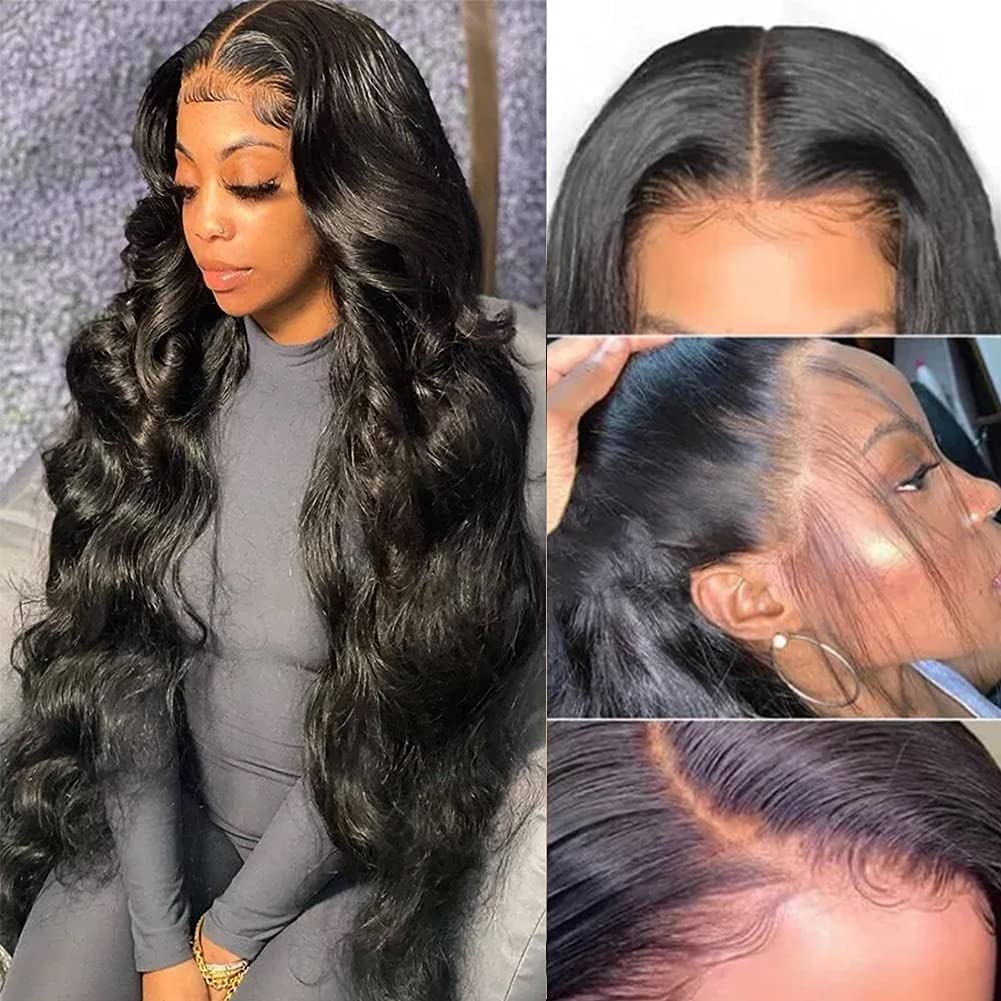Beginners Guide to Wig Making
Wigs were a long-lasting staple in the hair care industry.
There are so many hair styles that can change, and it can be hard to keep up. Yet, wigs have existed since the early days of Pharaoh.
These wigs are no longer considered fashionable in modern times. They were once thought of as something the elderly or the balding would wear. Although wigs are a staple for Halloween costumes, many young people don’t consider them suitable for everyday hair.
I grew up watching older women wear wigs and I never thought I’d be able to do the same, especially in my twenties.
I had never considered wearing them, particularly on a daily basis because of the fear that they would fall off my head. Then, I decided to learn how wigs are made.
My Experience with Wigs
Because of my hectic schedule, I started wearing wigs over the years.
Learning more about hair helped me to dispel many of the myths I had about wigs.
Even high school students and teens are now sporting wigs.
These wigs are the best way to change your hair’s style without needing to cut it or color it. Wigs are easier to style than weaves and take less time to uninstall.
Wigs are one of the easiest hairstyles I know.
Wigs allow you to easily access your scalp, allowing you to treat, condition and even shampoo your hair. Wigs are even easier to make at home.
This blog post will walk you through how to make a wig, and what wig-making supplies are needed.
Types of Wigs
First, you need to understand the types and differences of wigs.
There are five types of wigs: lace frontal, 360 lace frontal closure, partial/half regular, and full-regular.
Let us go into detail about each:
Lace Frontal Wigs
In the last year, Lace Frontals has seen a significant increase in popularity. The same applies to using them when creating wigs.
Lace frontal Wigs have the natural look of a natural hairline. This hair is very flexible, especially for ladies.
You have more options when it comes to how you want your hair parted.

360 Lace Frontal Wigs
A 360 lace frontal is very similar in that both have lace, but a 360 lace frontal has lace all around the perimeter (360°), and sometimes even the centre.
This gives you a natural hairline that runs around the circumference of your head. It allows you to wear your hair down in a bun.

Closure based Wigs
This is a wig that has a closure.
A closure is small piece of hair that has a lace- or silk-based part. This allows the wigs to lay flat on your head.
Partial/Half/Front Lace Wigs
A partial or half wig allows you to leave some of your hair out.

Full Lace Wigs

This is the most common type of wig. This wig is the most easy to find and to wear. You can also find it in a variety of styles and colors.
You can learn more about the different types of wigs so you can make the right choice.
You should also consider the type of extensions you want to use when making one. The price of your wig will vary depending on what kind of hair you choose.
Synthetic hair comes in powerful colors and is the most affordable type of hair. Synthetic hair usually lasts for only a few months.
The next most expensive hair type is human hair, and it lasts longer than synthetic hair.
Virgin hair is the longest lasting of all hair types. Virgin hair is more durable than synthetic hair and human hair. You can apply heat without any damage. Virgin hair can be used for many years, making it more costly due to its quality.
If you are looking for an unbreakable wig, I recommend a virgin.
How to Make a Wig Cap
Wig caps can be used to make sure your natural hair is flat when wearing a wig. It gives the wig an authentic look, rather than looking like it is a hat on your head.
Wig caps protect your hair and scalp from damage while keeping your wig in place. You can make your wig cap to fit your head better. Three steps are required to make your own wig cap using stockings.
Step #1
Using a nylon stocking, you will pull it over the crown of your head until the opening lands directly at your hairline edge.
Step #2
You will then take the unsecured portion of the stocking and grasp it one inch away from your scalp. Doing this will make sure the wig cap is not too tight or uncomfortable.
Step #3
Use your other hand to take the end of the stocking to create a loop by wrapping it around the one inch away from a portion. Fold it through the loop and pull both ends tightly in opposite directions to create a knot. Take a pair of scissors to cut the remaining stocking above the knot.
Do It Yourself Wig
Making your own hair wig can seem daunting, hard, time-consuming, and exhausting. Many people either trust a professional to design one, or simply purchase a high-quality unit from a retailer.
It is possible to make your own wig with the right tools. Do-it-yourself wigs have many benefits that will make it worth your while to avoid the hassle of hiring a professional, or buying a wig online. You can save money and work on your own schedule.
How to Make a Wig
You can do it! It is likely that your first attempt at making a wig will be difficult. It is not uncommon for even the most talented stylists to learn how to make a great wig and turn it into a worldwide hit. It is not an easy process. Let’s start.
Wig Making Supplies
We now know what types of wigs are available and which hair types they can be made. Let’s talk about the tools that you need to make a regular wig. You will be successful if you have the right tools to make a wig. This is the most common wig and most people use it as their primary method of making a wig.
The following information is required:
- Wig head (mannequin head)
- Hair ( Sewn-in Extensions)
- Wig Stand or Tape
- Needle & Thread or Hair Glue & Blowdryer, Hot Glue gun & sticks
- Adjustable Dome Wig Cap
- Wig Combs
- Wig band
- Scissors
- Optional: Lace Frontal glue
Many of these tools can be purchased at your local beauty supply shop . You may need to purchase lace frontal glue depending on which type of wig you made.

Let’s Create a Wig!
Step 1 – Wig Head
You can mount your wig on a stand or place it on a table or chair with tape.
Tip To make your wig construction easier, you want to ensure that your wig head is stable.
Step 2: Prepare hair extensions
Measure your extensions and cut them to the circumference of the cap. Secure them from the back.
When you reach the middle of your cap, begin to lay down the tracks in a U-shape.
Use a needle and thread, hair glue and blow dryer to secure your extensions.
Tip Thread and needle are the best method, but they take the longest time to install. Hot glue and hair glue can be applied quickly, but hot glue is more durable. However, hot glue must be used with caution as it is hot.
Step 3 – Closure or Frontal?
You should first lay the closure and frontal pieces down before adding any extensions. This will allow you to determine how much hair you require and let you choose where the closure or frontal should be placed on your head.
Step 4 – Track
Track extensions can be used to cover the hair cap. Be aware of how your frontal part should look.
Step 5 – Wig Band
To add extra security to your wig, you can attach a wig band or wig combs inside your wig.
Tip If you’re creating a frontal hairstyle, remove any lace.
Step 6 – Style
After your full wig is finished, you have the option to trim your front into blunt bangs or a side, middle, or curly part.
Tip Before you start constructing your wig, I recommend coloring your hair.
Accessories for Wigs
Wig accessories will be necessary to care for your new wig. As we will discuss, proper care for your wig is vital to its longevity. These are just a few items that you can add to your wig routine to make it last longer.
Wig Stands
Wig stands are necessary to store your wig properly and make styling easier. Wig stands allow your wig to dry after it has been washed thoroughly. Wig heads can be used to hold the wig in place to make sure it fits properly to your head.
Wigs can seem intimidating, but they are actually quite easy to make.
How to Sell Your Custom Made Wigs
You can make custom wigs once you are an expert and then sell them on Wig Market.
Register now and list your wigs for free. Once a customer makes a purchase, you only have to pay a small commission.
It Just Takes Practice!
It will be difficult to make a wig your first time. That’s OK!
You might still be able to make it work.
It is important to learn this information and to continue to improve your wig-making skills. You will take time to become a professional like The hair diagram and other stylists who have been doing this for many years.
If you have any questions about wig-making, please comment below. We are happy to assist you!